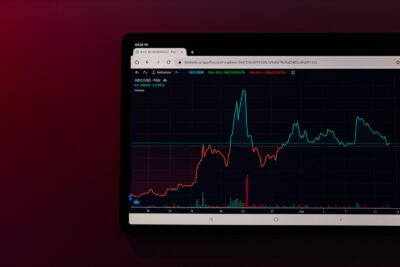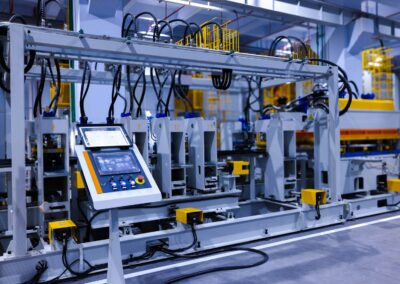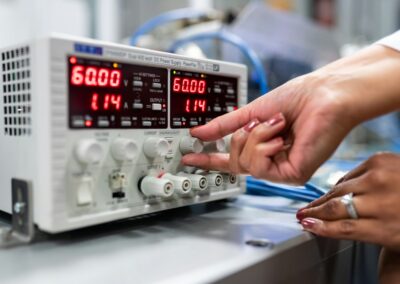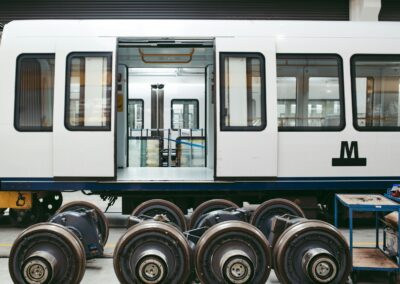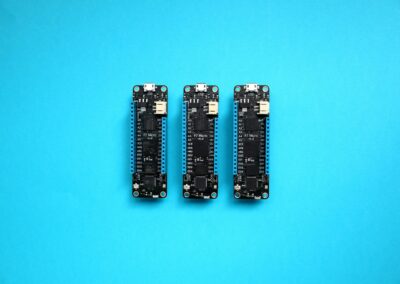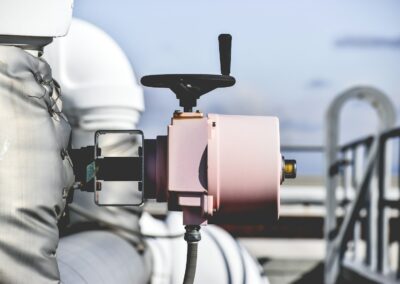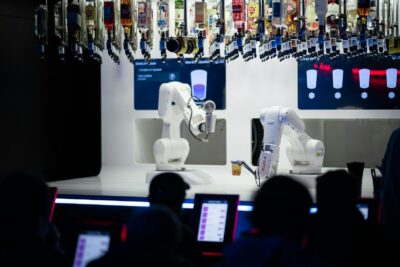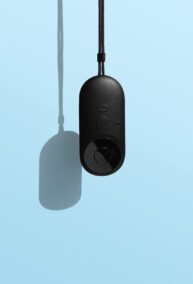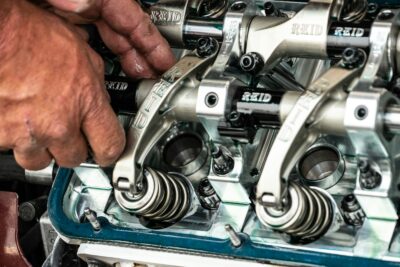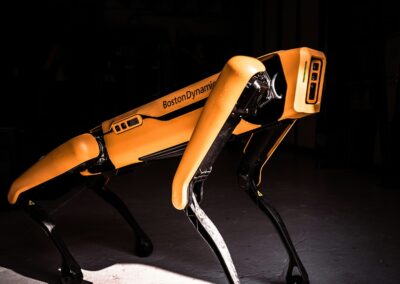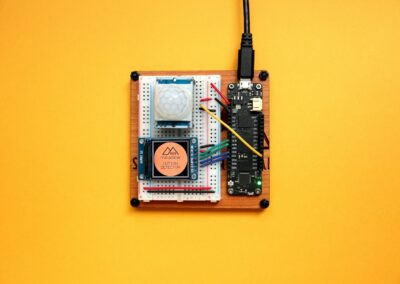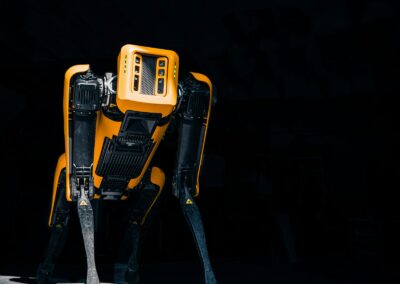Harnessing Advanced Technologies for Industrial Efficiency
Introduction to Digital Twins and Their Importance
Digital twins play a crucial role in predictive maintenance for industrial machinery and equipment. These virtual replicas of physical assets allow for real-time monitoring, analysis, and optimization of machinery performance. By leveraging data from sensors and other IoT devices, digital twins provide a comprehensive view of the equipment’s condition, enabling proactive maintenance and reducing downtime.
In regions like Saudi Arabia and the UAE, where industrial efficiency and technological innovation are paramount, the adoption of digital twins is rapidly transforming traditional maintenance practices. By integrating digital twins into their operations, companies can enhance the reliability and lifespan of their machinery, leading to significant cost savings and increased productivity.
Digital twins are particularly beneficial in sectors such as manufacturing, oil and gas, and utilities, where equipment reliability is critical. By predicting potential failures and scheduling maintenance activities accordingly, businesses can avoid costly disruptions and ensure the continuous operation of their industrial assets.
How Digital Twins Enable Predictive Maintenance
Predictive maintenance involves using data analytics and machine learning algorithms to predict when equipment is likely to fail and perform maintenance just in time to prevent it. Digital twins are central to this process as they provide the necessary data and insights to accurately forecast maintenance needs.
Digital twins collect real-time data from sensors embedded in the machinery. This data includes information on temperature, vibration, pressure, and other operational parameters. By continuously analyzing this data, digital twins can identify patterns and anomalies that indicate potential issues. For example, an increase in vibration levels might suggest a bearing problem that needs attention.
Furthermore, digital twins can simulate various scenarios to predict how the machinery will behave under different conditions. This predictive capability allows maintenance teams to take preemptive actions, such as adjusting operational parameters or replacing components before they fail. The result is a more efficient maintenance process that minimizes unplanned downtime and extends the life of the equipment.
Case Study: Digital Twins in the UAE and Saudi Arabia
The implementation of digital twins in the UAE and Saudi Arabia showcases the transformative impact of this technology on industrial maintenance. In Dubai, for instance, several manufacturing plants have adopted digital twins to enhance their maintenance strategies. By integrating digital twins with their existing systems, these plants have achieved significant improvements in equipment reliability and operational efficiency.
In Riyadh, a leading oil and gas company has implemented digital twins to monitor and maintain its extensive network of pipelines and processing facilities. The digital twin technology allows the company to detect early signs of corrosion, leaks, and other issues, enabling timely interventions and reducing the risk of major incidents. This proactive approach not only enhances safety but also ensures uninterrupted production, contributing to the company’s overall profitability.
The success of these initiatives highlights the potential of digital twins to revolutionize maintenance practices in various industries. By leveraging the power of predictive analytics and real-time data, companies in the UAE and Saudi Arabia can achieve higher levels of operational excellence and competitiveness.
Benefits and Challenges of Digital Twins in Predictive Maintenance
Advantages of Using Digital Twins
The use of digital twins in predictive maintenance offers several key advantages. Firstly, it enables more accurate and timely maintenance actions, which can significantly reduce downtime and maintenance costs. By predicting failures before they occur, companies can schedule maintenance activities during planned downtimes, minimizing disruptions to production.
Secondly, digital twins provide a holistic view of the equipment’s condition, allowing for more informed decision-making. Maintenance teams can prioritize actions based on the severity and urgency of the detected issues, ensuring that critical problems are addressed promptly. This data-driven approach leads to better resource allocation and more efficient maintenance operations.
Moreover, digital twins can enhance collaboration and knowledge sharing within the organization. The real-time data and insights provided by digital twins can be accessed by various stakeholders, including maintenance engineers, operators, and managers. This collaborative environment fosters a more integrated approach to maintenance, resulting in improved overall performance.
Challenges and Considerations
While the benefits of digital twins are substantial, there are also challenges to consider. One of the primary challenges is the integration of digital twin technology with existing systems and processes. Companies need to ensure that their digital twin solutions are compatible with their current infrastructure and can seamlessly integrate with other technologies, such as IoT and big data analytics.
Data security and privacy are also critical considerations. The vast amount of data generated by digital twins needs to be securely stored and transmitted to prevent unauthorized access and cyber threats. Implementing robust cybersecurity measures is essential to protect sensitive information and maintain the integrity of the digital twin system.
Additionally, the successful deployment of digital twins requires a skilled workforce capable of managing and interpreting the data. Companies need to invest in training and development programs to equip their employees with the necessary skills and knowledge to effectively use digital twin technology.
Future Trends and Opportunities
The future of digital twins in predictive maintenance looks promising, with ongoing advancements in technology and increasing adoption across industries. Emerging trends such as the integration of artificial intelligence (AI) and machine learning (ML) with digital twins are expected to further enhance their predictive capabilities.
AI and ML algorithms can analyze vast amounts of data from digital twins to identify complex patterns and make more accurate predictions. This advanced level of analytics can enable even more proactive and precise maintenance actions, further reducing downtime and costs.
Moreover, the expansion of digital twin technology into new sectors presents significant opportunities. Industries such as healthcare, transportation, and smart cities can benefit from the predictive maintenance capabilities of digital twins to optimize the performance and reliability of their critical assets.
In conclusion, the success of digital twins in predictive maintenance for industrial machinery and equipment demonstrates their potential to revolutionize maintenance practices. By harnessing real-time data and advanced analytics, companies in Saudi Arabia, the UAE, and beyond can achieve higher levels of efficiency, reliability, and competitiveness. As technology continues to evolve, digital twins will play an increasingly vital role in the future of industrial maintenance.
—
#DigitalTwins #PredictiveMaintenance #IndustrialMachinery #EquipmentMaintenance #PredictiveAnalytics #SaudiArabiaTechnology #UAEIndustrialInnovation #RiyadhDigitalTransformation #DubaiSmartIndustry



